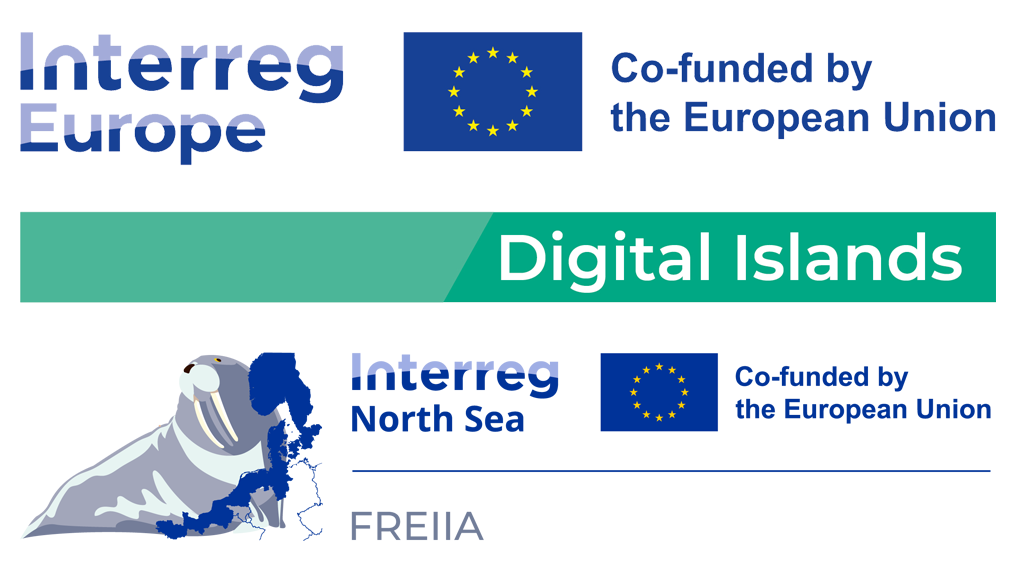The government adopts procurement strategies that motivate suppliers to present advanced, sustainable, and ethically sound solutions, prioritizing those who offer more than just the norm. Sustainability is central to their purchasing decisions, weighing the environmental footprint, societal responsibility, and enduring benefits of procured items. The government proactively engages with innovators and startups early in the procurement cycle, tapping into fresh perspectives on emerging technologies and solutions. To spur innovation, they offer incentives, whether financial, extended contracts, or assistance in regulatory navigation, to suppliers that cater to their specific needs. The outcomes of these procurement efforts are closely monitored and evaluated, assessing their alignment with sustainability objectives, cost efficiency, and overall efficacy. By embracing these procurement practices, the government acts as a catalyst in the innovation landscape, promoting the creation and uptake of pioneering solutions for a sustainable and inventive society.
Author: Dennis Sieperda
The Network Orbiter actively engages with diverse stakeholders in the innovation ecosystem.
To monitor and evaluate the progress and impact of collaborative efforts effectively, innovative evaluation methods are employed, capturing the complexity of interactions and outcomes.By working with the integrated projects, programs and strategic missions, the network orbiter aligns project objectives with broader policy goals and vice versa, ensuring that collaborative initiatives contribute to the overall vision of innovation and sustainable development. By focusing on these dimensions under the government fosters a collaborative and adaptive innovation ecosystem, encouraging knowledge sharing and mutual learning
Actions
The Capitalizer uses cutting-edge evaluation techniques to accurately measure the impact and potential scalability of innovation projects.
Traditional approaches may not fully capture the unique aspects and complexities of innovation, making innovative methods essential for effective evaluation. This means including projects in programs and missions and vice versa. Successful innovation projects are integrated into existing government programs and strategic missions. Aligning project objectives with broader policy goals ensures that innovation becomes an integral part of the government’s strategic agenda, creating a more cohesive and impactful approach. The capitalizer also develops internal capabilities and structures. The government invests in building internal capabilities and dedicated structures to effectively capitalize on innovation projects. This includes fostering a skilled workforce in innovation management, program integration, and knowledge transfer. Establishing specialized units or innovation departments within the government promotes knowledge sharing and best practices.
Actions
The Ambassador actively represents and promotes them at both European Union (EU) and national government levels.
This includes lobbying to highlight the project’s importance and securing financial or policy support. They harness the power of bottom-up narratives, using stories that underscore the tangible benefits of innovation at the community level, effectively conveying the project’s value to the public, investors, and policymakers. The Ambassador also promotes lighthouse projects, exemplary initiatives that demonstrate the promise of innovative and sustainable solutions, ensuring they gain visibility and inspire others. They organize events, expositions, and conferences to present innovative ideas, fostering knowledge sharing and collaborations. By inviting key stakeholders to these events, they enhance networking opportunities. In the Ambassador role, the government is pivotal in advocating for innovation, encouraging partnerships, and highlighting the transformative impact of sustainable projects to a broad audience.
Actions
The Provider plays a key role in ensuring resources and support are readily available.
They identify and allocate government funding specifically designed for innovation endeavors. They also share tried-and-true methods and innovative techniques to boost project efficiency. Furthermore, the Provider aids in fostering collaboration and sharing resources, ensuring a wide range of capabilities are accessible and utilized effectively.
Actions
The Facilitator is instrumental in creating an environment conducive to creativity and novel solutions.
They develop a “Fertile Humus Layer,” where ideas can grow and provide a supportive backdrop for innovation by offering the necessary infrastructure, resources, and backing. This can include government-sponsored funding, incubation centers, mentorships, and networking opportunities. Additionally, the Facilitator crafts the “Dancefloor,” setting up spaces—whether physical hubs or online platforms—where various stakeholders can meet, share ideas, and collaborate. With the “Guerrilla Approach,” they promote out-of-the-box thinking, pushing boundaries and navigating challenges to drive innovation forward. This means supporting experimentation and, when needed, questioning established rules to achieve impactful results.
Actions
The Connector works within the Quadruple/Quintuple Helix framework, to actively bridge academia, industry, government, civil society, and media.
They recognize that involving opinion-makers enhances project visibility and garners widespread support. They masterfully weave together policy-making and project execution, utilizing continuous feedback for swift policy tweaks and tangible results on the ground. The Connector collaborates across all government tiers, from local to international, ensuring strategies and resources are in harmony. They advocate for cross-sectoral collaboration, uniting fields like business, academia, and government, and employ an interdisciplinary mindset to tackle challenges from all angles.
Actions
The leader is deeply committed, inspiring others through their personal dedication to success
They make ethical choices aligned with sustainability and co-design solutions with a diverse range of stakeholders for inclusivity. This leader aligns their innovation strategies with global sustainability goals, like the SDGs and regional Green Deal objectives, and uses “backcasting” to envision and plan for the future. They assemble diverse, skilled teams, creatively leverage resources, and form strategic partnerships. Staying informed with current knowledge and research, they prioritize evidence-based decision-making and continuously monitor and adapt for ongoing.












